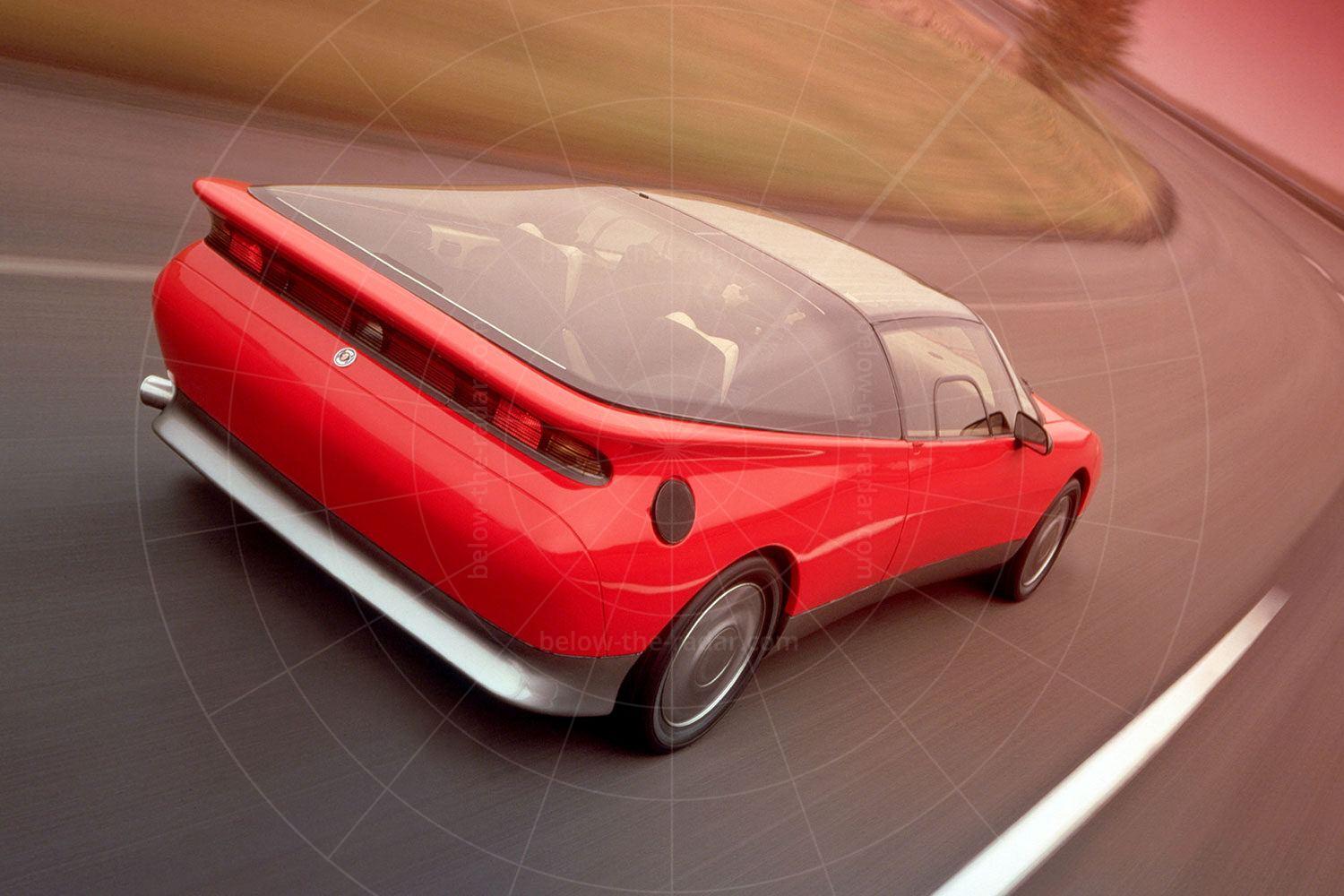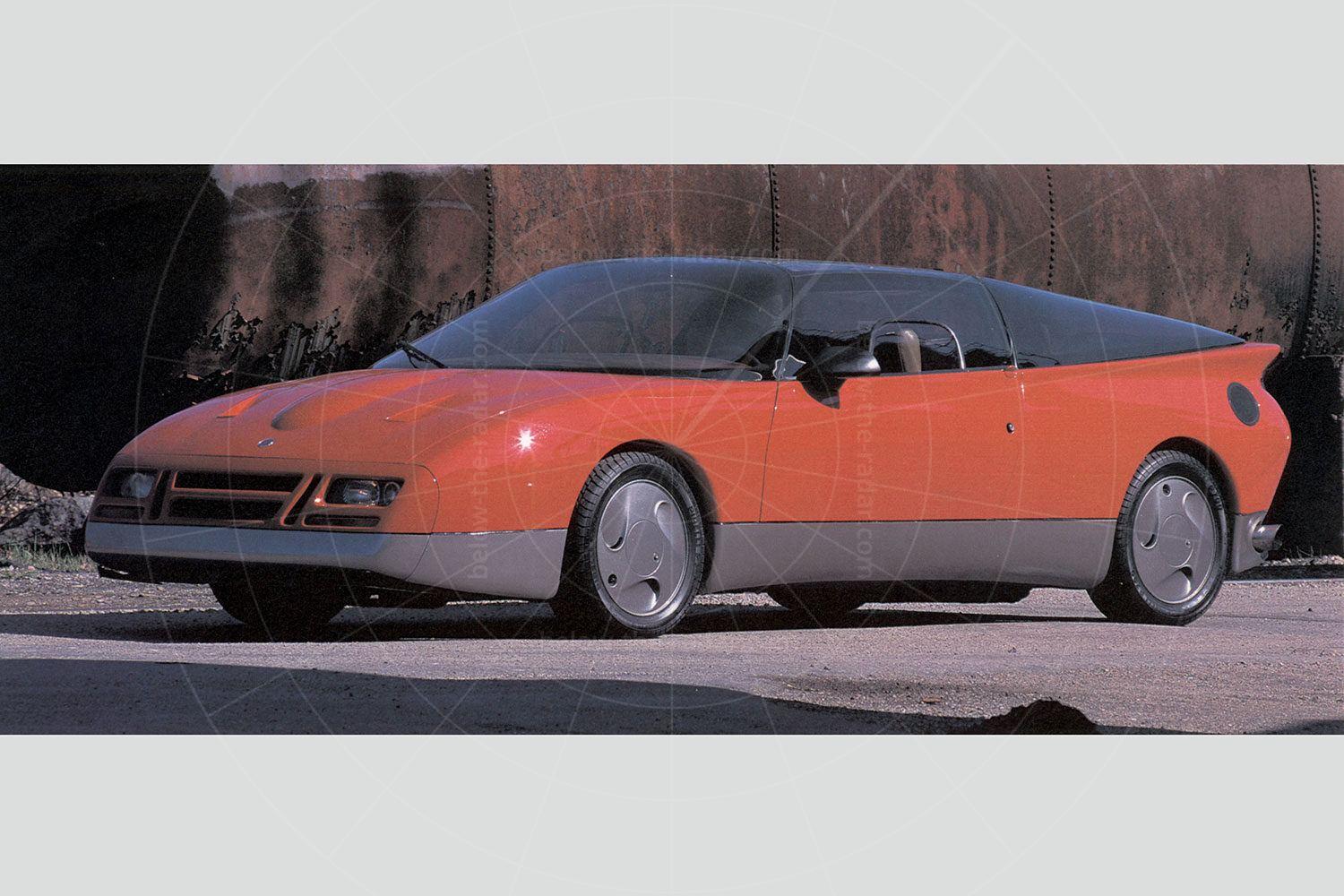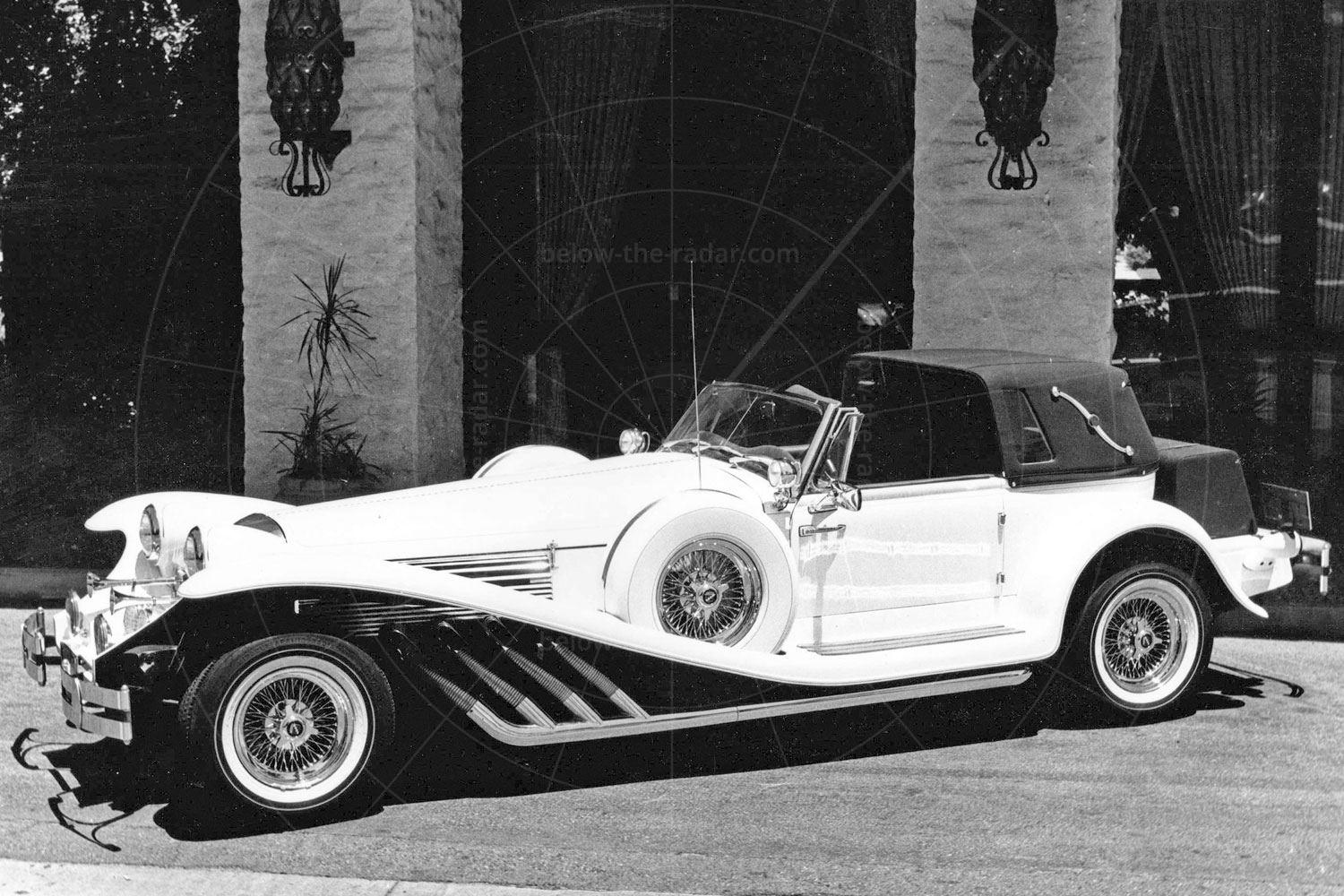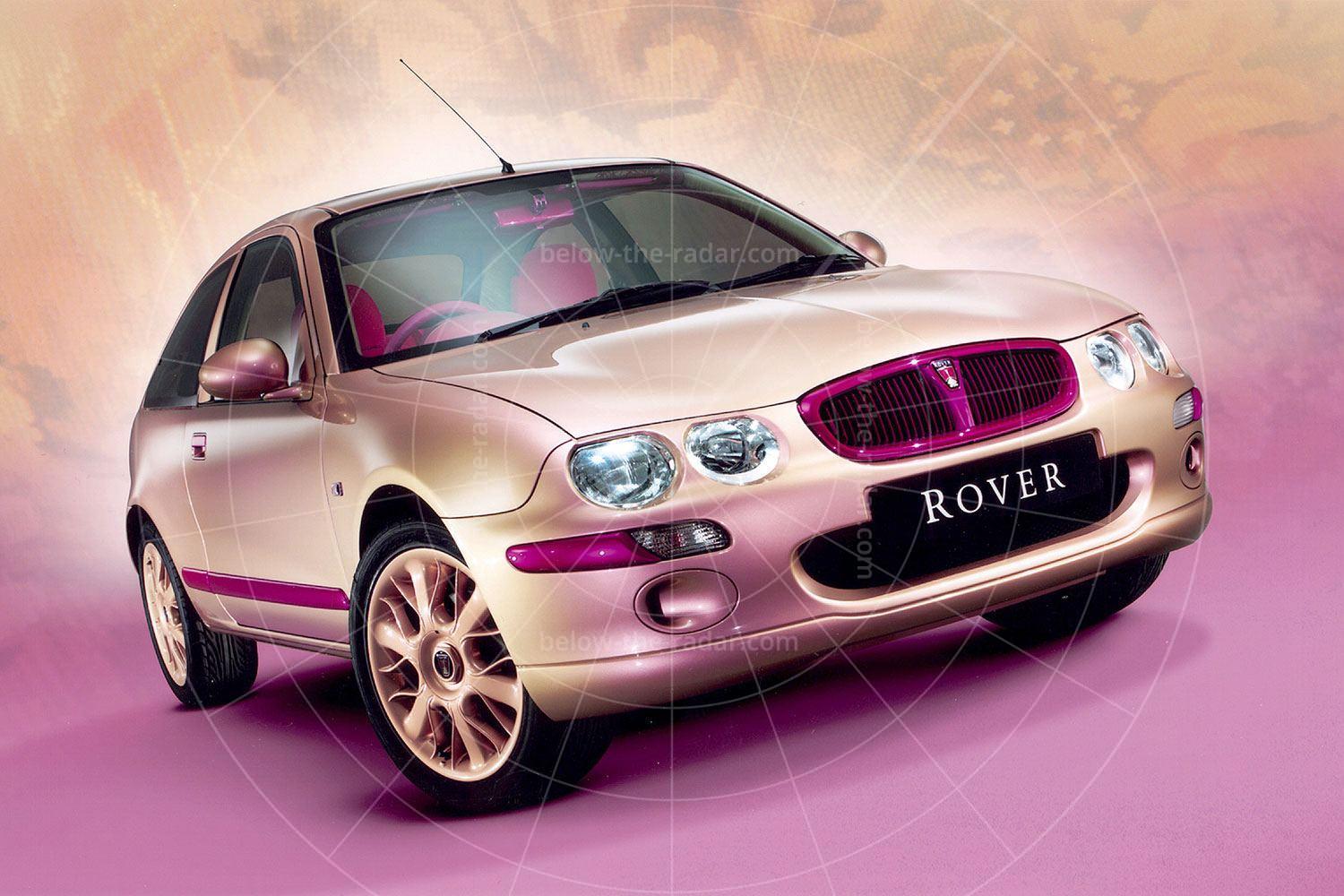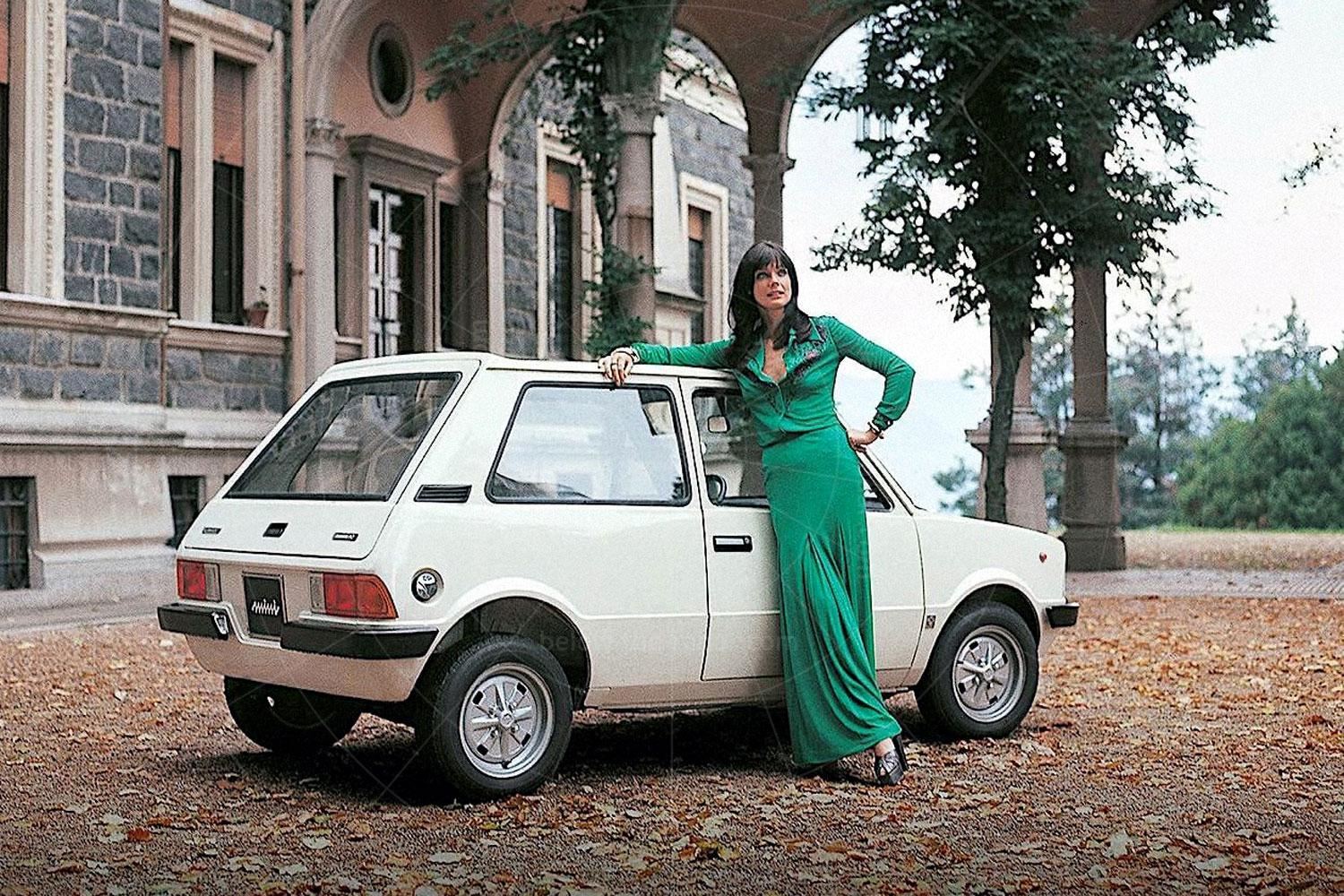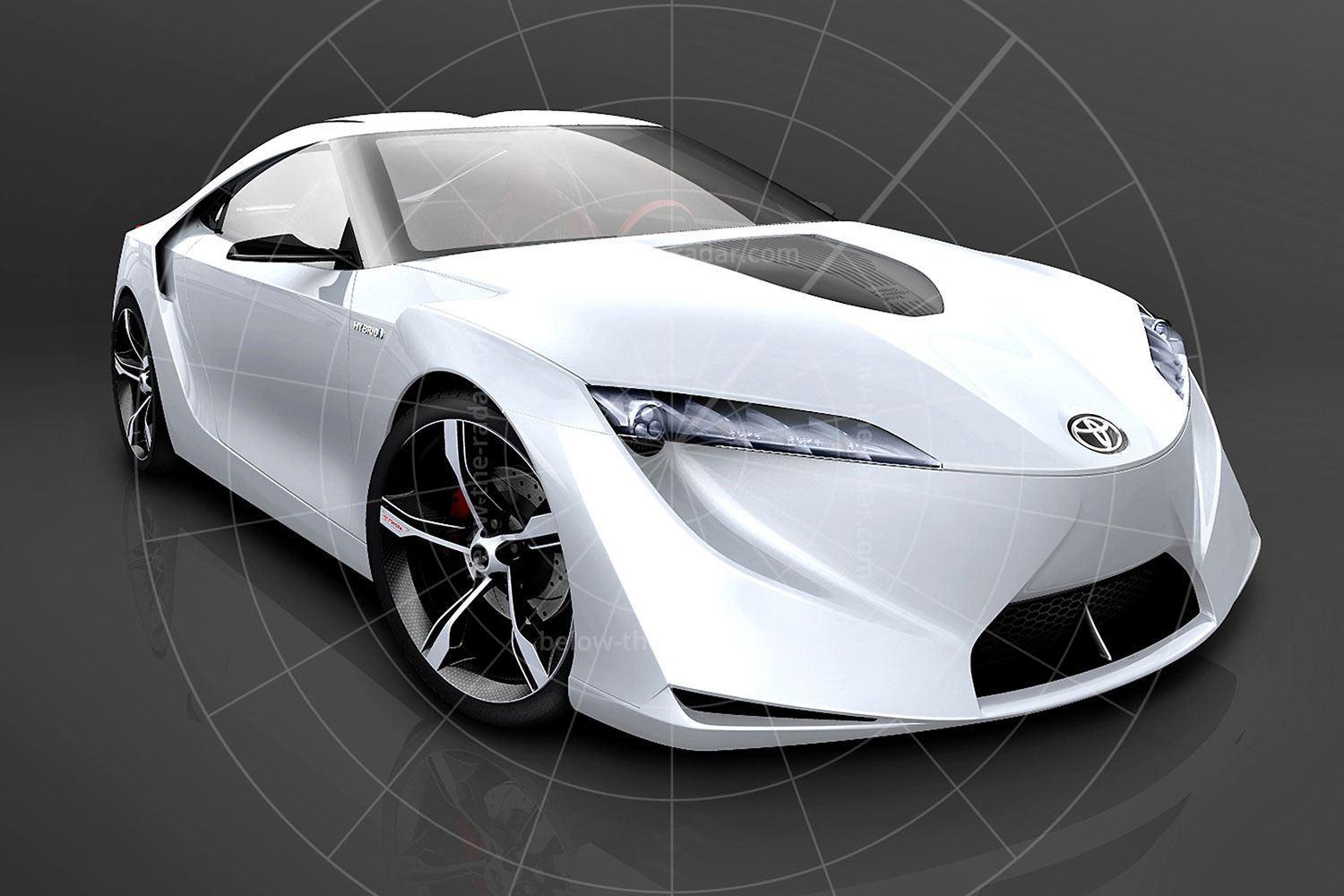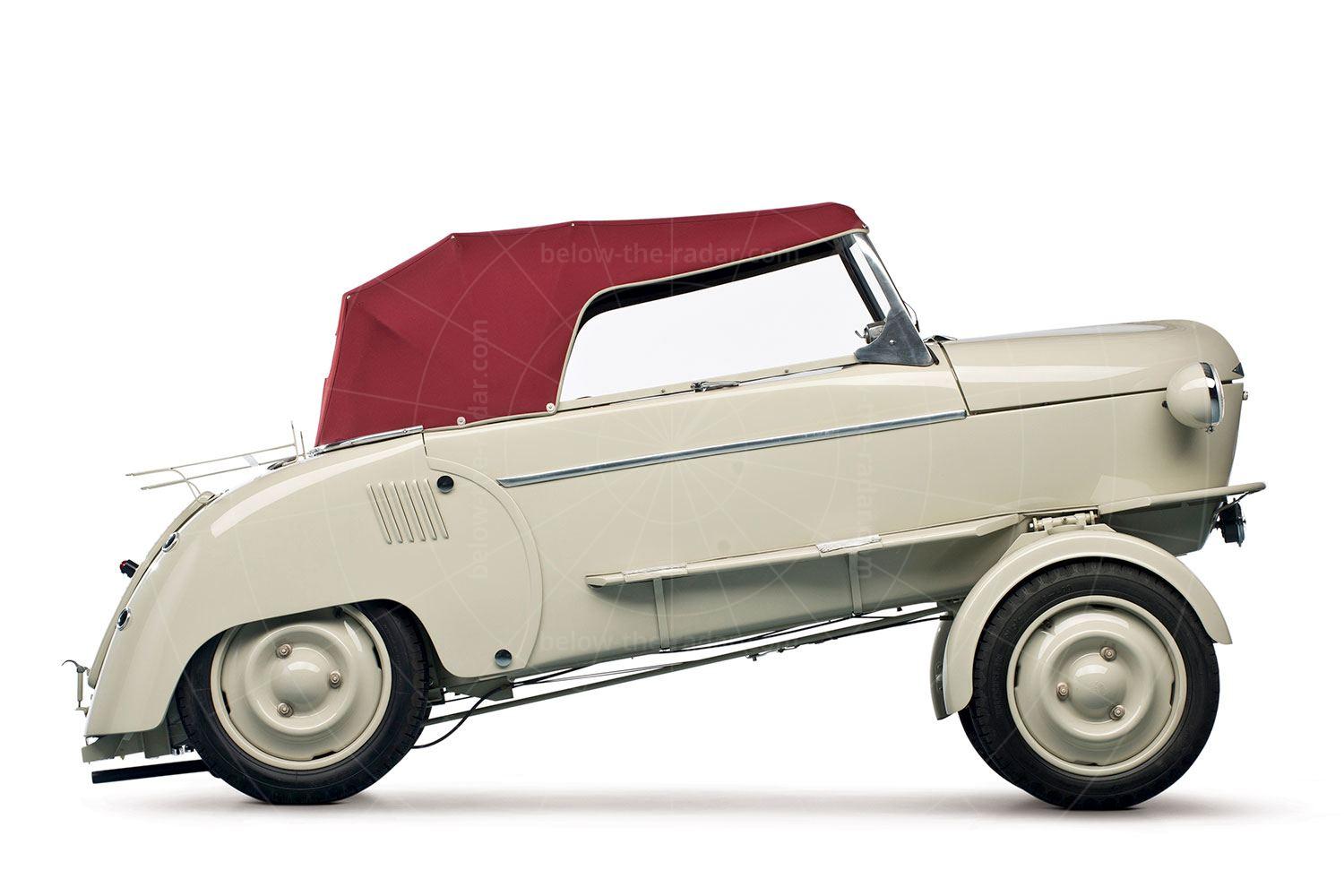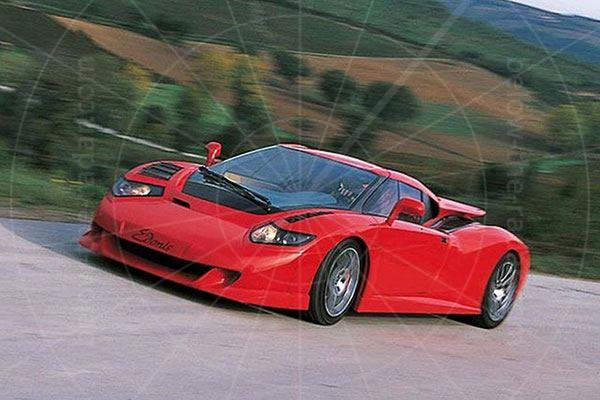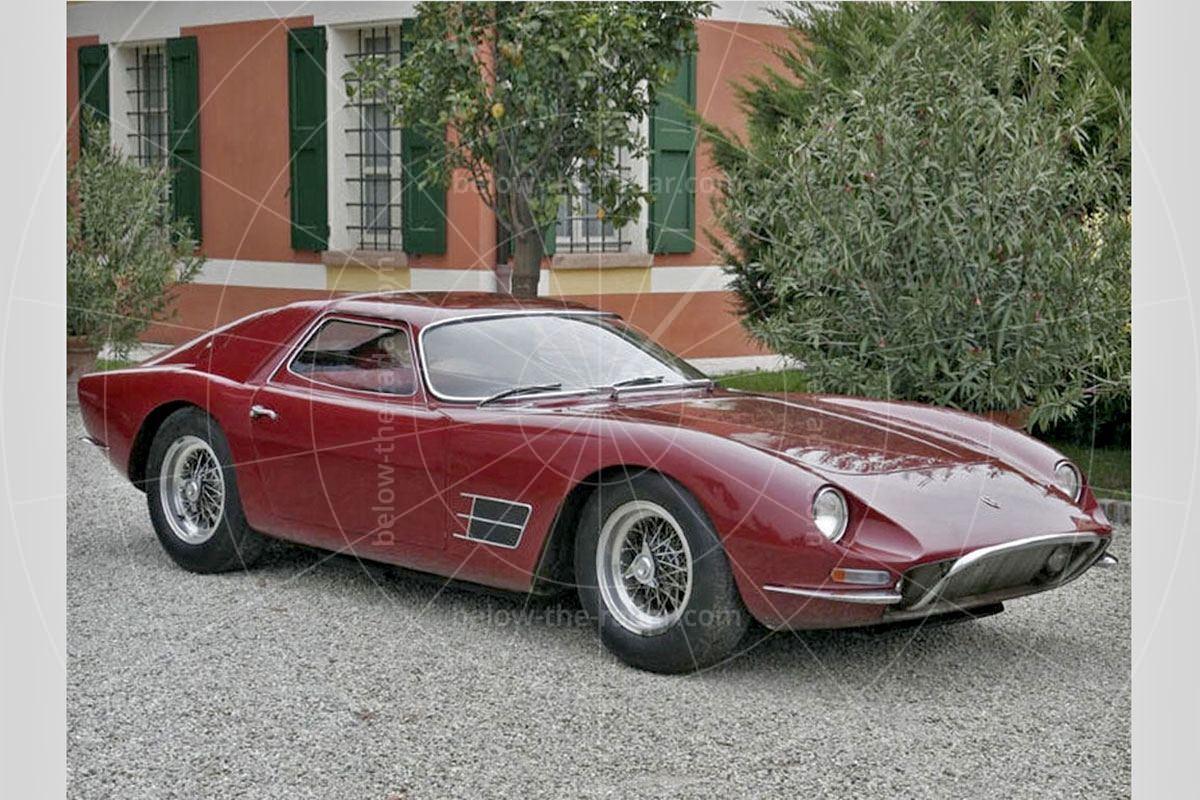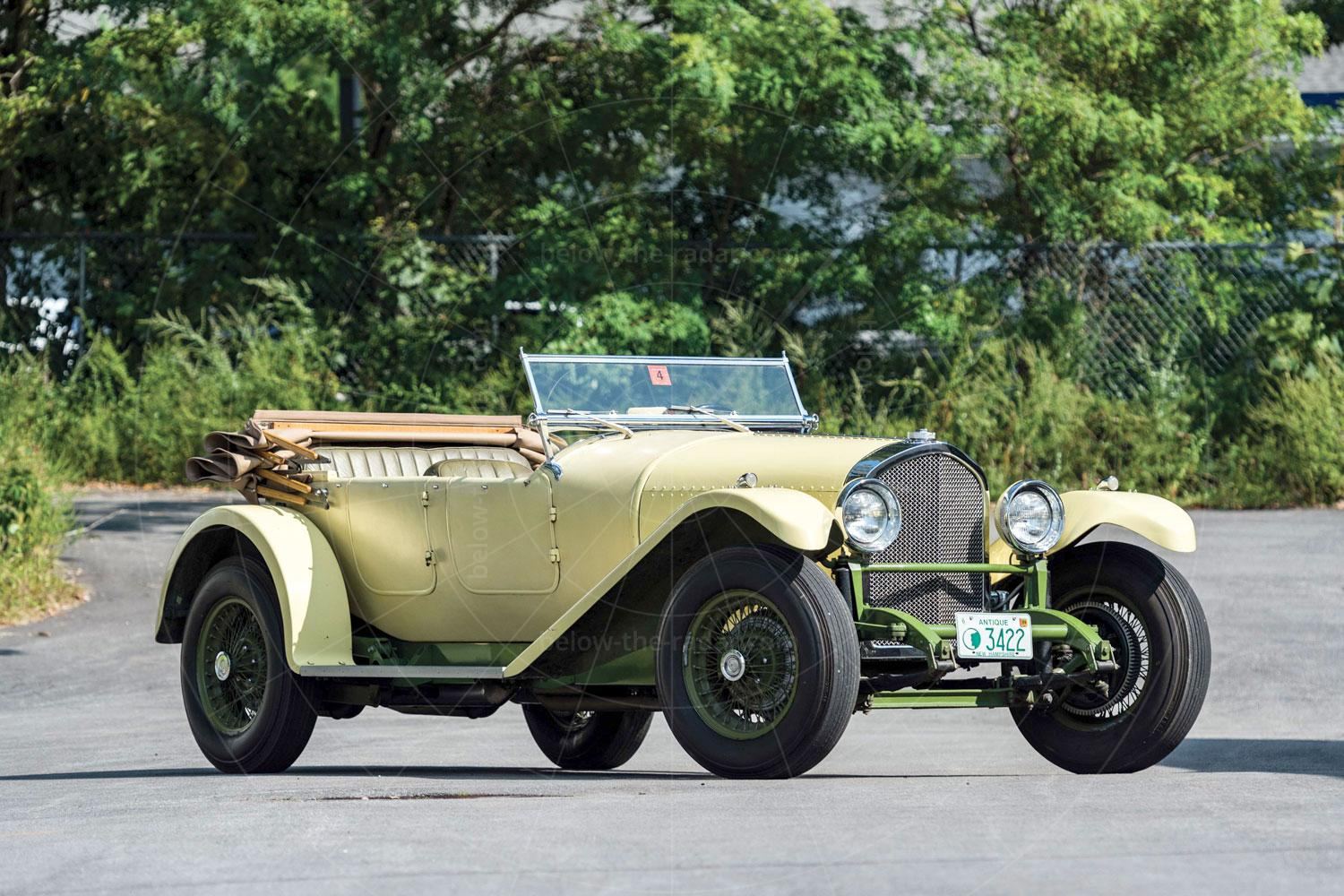For a car maker as conservative as Saab, the EV-1 of 1985 was a real break with tradition. If only the company had put it into production to shake off its staid image of building dependable but dull cars. But from the day the concept was unveiled at the 1986 Los Angeles Auto Expo, the Swedish car maker claimed that the EV-1 was just an engine and styling test bed; there were no plans for it to reach the showroom.
Although the EV-1 looked distinctly like a sports car – perhaps even a supercar – it was no more than a sporting 2+2. Saab had dabbled with sports car production with its Sonett series of the 1960s, but alongside its more traditional family cars the Sonett made little impact, and Saab didn’t want to go down that route again.
Under the steel skin there was a Saab 900 Turbo 16, which meant a twin-cam 16-valve 2.0-litre in-line four. But whereas the standard car pushed out 175bhp, the EV-1 had a much stronger 285bhp on tap, thanks to increasing the turbo boost by fitting a larger turbocharger, increasing the capacity of the Bosch fuel injection system and making the intake and exhausts larger. There was an equally impressive 246lb ft of torque available, but pushing all this through the front wheels, when sophisticated electronic traction control systems weren’t available, did seem rather foolhardy.
Whereas the EV-1’s bodyshell was built of sheet steel in the main, at each end there were plastic bumpers, which were designed to deform then spring back into shape after a light impact. Headlamps developed specially by Hella allowed light levels to be maintained despite far more compact dimensions, which in turn allowed a very low bonnet line. With a height of just 70mm these headlights opened the doors for much more adventurous frontal styling, as well as improved aerodynamics; the EV-1’s drag factor was just 0.32, which went some way to giving the concept a top speed of 168mph.
The doors featured layers of glassfibre and carbonfibre for reinforcement, to help in the event of a side impact. But the most striking thing about the EV-1 was the glazing; virtually the whole of the top half of the car was made of laminated glass which was also tinted and heat reflecting. But even this technology couldn’t prevent the interior from heating up to unbearable levels when the outside temperature rose, so Saab incorporated 66 solar cells into the removable glass targa top which sat above the front seat occupants. These cells supplemented the standard 900 heating, air conditioning and ventilation system, to provide continuous ventilation. Although the idea was a neat one, it wasn’t especially sophisticated as the cells were permanently connected to a fan, the speed of which was dictated by how much sunlight there was. The idea was that the more sun there was, the more the fan needed to keep the car’s interior cool – which didn’t take into account those sub-zero clear, sunny days that are all too frequent in winter…
Unlike most concept car interiors, that of the EV-1 was very restrained. It was closely based on the fascia seen in the production 9000, which meant that it reduced the amount of information displayed at night, to keep distractions as low as possible. To maintain visibility when things started to get humid a heated windscreen was fitted – something which has become commonplace, but the tungsten wires that were just 0.015mm in diameter were something that was very innovative in 1986. Something which was also not especially obvious was the use of ultra-light seats, each of which were fitted with an injection-moulded chassis and back rest frame. But they were still fitted with leather trim, heating elements and electric adjustment.
| Vital statistics | |
|---|---|
| Debut | Los Angeles Auto Expo 1985 |
| Designer | Bjorn Envall |
| Engine | Front-mounted 1985cc petrol, 4-cylinder |
| Transmission | Front-wheel drive |
| Power | 285bhp |
| Top speed | 168mph |


